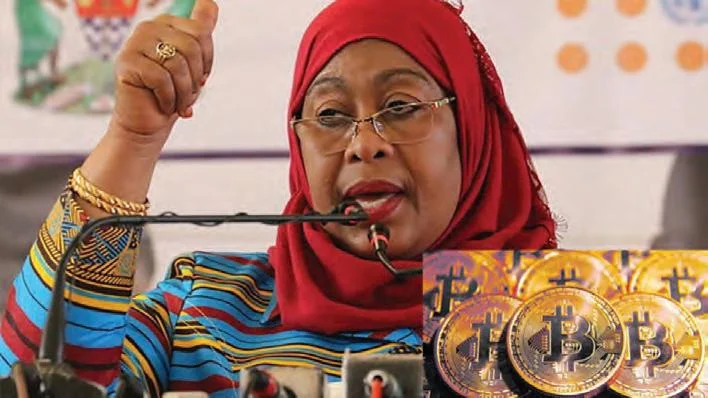History
The Portuguese Colonization of Cape Verde By Mark Cartwright Listen to this article
THE PORTUGUESE COLONIZATION OF THE CAPE VERDE (Cabo Verde) Islands began from 1462. Initially envisaged as a base to give mariners direct access to West African trade, the Central Atlantic islands soon became a major hub of the Atlantic slave trade. Slaves were used on the sugar plantations of the islands and sold on to ships sailing to the Americas. Unlike the other Atlantic islands under Portuguese control, the Cape Verde group was subject to arid winds and irregular rainfall, which made life there precarious. Given trading concessions for the African coast, Cape Verdeans did manage to make their agriculture sustainable, and their cotton textiles, in particular, were in great demand on the mainland. Cape Verde was strategically important as a base for resupply for ships sailing to and from Portuguese territories in the East Indies and Brazil. The islands sent African slaves across the Atlantic and used them to such a degree in the Cape Verde archipelago that eventually the population became racially mixed with few cultural ties to Europe by the 17th century. The islands gained independence from Portugal in 1975.
Geography & Climate Located some 500 kilometres (310 mi) off the coast of West Africa (Mauritania and Senegal), the Cape Verde island group is named after the westernmost cape of the African continent. There are nine inhabited islands today, the capital being Praia on Santiago (São Tiago). The most important port is Mindelo on São Vicente. The other islands are Boa Vista, Brava, Fogo, Maio, Santo Antão, São Nicolau, and Sal. Santa Luzia is an uninhabited island, and there are several islets. The islands are varied in topography, with some being relatively flat and others mountainous. Pico is an active volcano on Fogo and the highest point in the group at 2,829 metres (9,281 ft). The 104
July-August 2021
islands are divided into two groups: the Windward (Barlavento) and Leeward (Sotavento), names which indicate the strong winds which can blow in from across the Atlantic. The islands are not blessed with abundant water sources and rainfall is irregular, although often torrential when it does come. The soil is shallow but rich thanks to the volcanic origins of the islands. The climate is usually moderate, but the arid winds meant wheat, vines, and olives could not be grown as on other Portuguese territories. There were few meat sources on the island, the only indigenous mammal being bats. One source of meat was the sea turtles which nest on some of the islets.
Discovery It is likely that Cape Verde was known to ancient mariners such as the Phoenicians, and to Islamic sailors and Africans. Prince Henry the Navigator However, it was not until the 15th Nuno Gonçalves (Public Domain) century that anyone took a serious interest in populating the islands. Two Genoese mariners, sailing under the flag of Portugal, discovered the archipelago in 1460. Their names were Antonio and Bartolomeo da Noli. The Portuguese Crown was keen to gain direct access to the gold of West Africa and the Cape Verde islands provided a handy means by which they could sail down the coast and avoid the Islamic states in North Africa who were themselves intent on monopolising African trade. The first major obstacle was a geographical one: how to sail around Cape Bojador and be able to make it back to Europe against the prevailing north winds? The answers were better ship design - caravels using lateen sails - and a bold course setting out away from the African coastline and using winds, currents, and high-pressure areas to sail back home. DAWN
www.africabusinessassociation.org













































